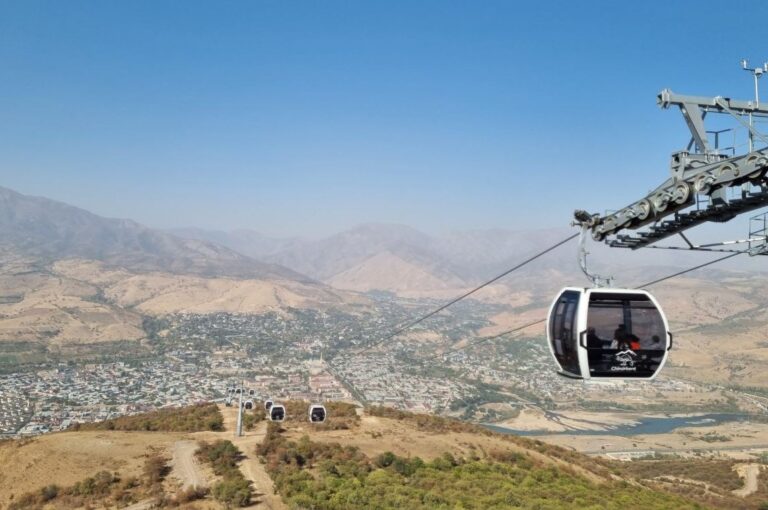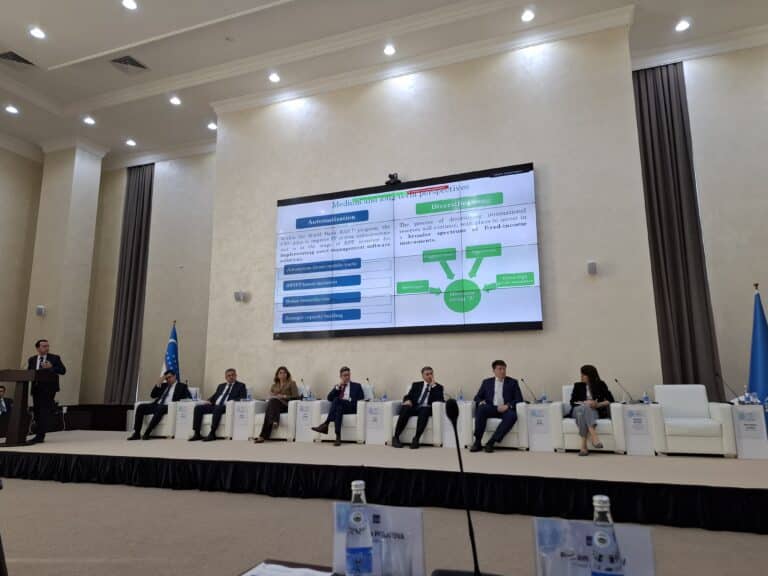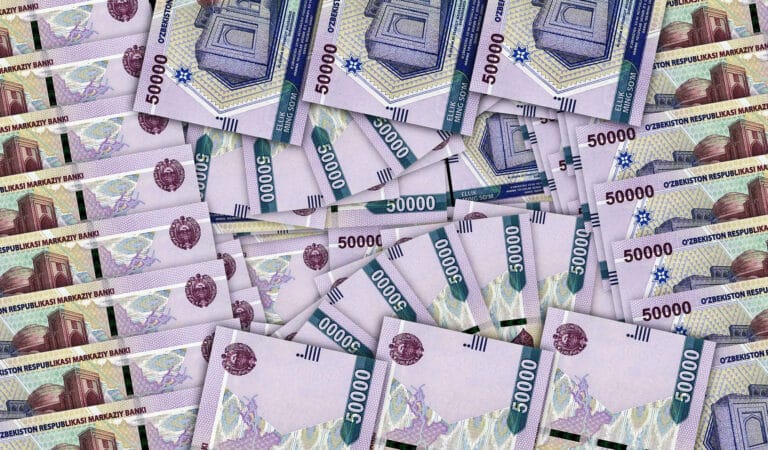The number of enterprises with shares owned by the government will decrease by 75% by 2025, according to experts who attended the Tashkent international Forum on Privatization.
Currently, almost 50% of Uzbekistani GDP is provided by state enterprises. There are 2,541 assets under government supervision in total.
«The COVID-19 crisis has underlined how the free market economy is important for Uzbekistan. About 9% of its population lives below the poverty line and much more are too close to that parameter. The biggest task for the government is creating new jobs; therefore, it should make the transition to a market economy as fast as possible with a focus on the private sector. The state sector is not suitable to do that,» said Anna Bjerde, World Bank Vice President for Europe and Central Asia at the forum called «Transformation and Privatization of the State Enterprises in the Republic of Uzbekistan.»
Explain or Sell
According to the national plan on state asset privatization, which has been developed by the Agency for Management of State Assets (AMSA) in conjunction with the European Bank for Reconstruction and Development and World Bank, the state has to sell its shares in businesses operating in sectors with strong private players. One of the principles is the Explain or Sell rule, that requires justification for why the government wants to keep the company and to sell, liquidate or reorganize if such a justification doesn’t work.
As the head of AMSA Akmalkhon Ortikov noted, for unitary enterprises this process will be split into several stages. First of all, they will no longer rely on benefits from the government.
«The management system will be reorganized to meet the best practices in corporate governance. Starting from next year, all candidates to supervisory boards of these companies have to pass a contest before they can get a place in there. Moreover, the share of independent directors should account for at least 30%.
The executive body will also be formed through competition and hold power for three years. The assessment of the supervisory board members’ work as well as executive body performance must be based on the overall results of the business and its efficacy. Moreover, we plan to involve in this new process more than one hundred foreign managers,» he stated.
The current law on privatization was adopted in 1991. Now it is considered both outdated and the main obstacle for privatization on a nationwide scale, AMSA’s director says. However, the new laws on state property management and privatization have already been developed and must be reviewed by the parliament by the end of this year.
Worth Seeing
The announced privatization program envisages the selling off of state shares in 479 enterprises, including glass manufacturer Quarts, Kizilkumcement, Coca-Cola plant and Uzagroleasing.
Also, by the end of the first half of 2021, the government is going to sell 550 of its assets for 100%. Among these objects are the biggest Tashkent marketplace called Malika; the former State Security Service’s building and even countryside villa Sidjak, which once belonged to Gulnara Karimova, daughter of the ex-president of Uzbekistan Islam Karimov.
«With help of the International Finance Corporation and Big Four companies, we have ignited the privatization process for 18 big state assets in banking, construction and insurance sectors as well as the alcohol beverage industry. We expect some results already this year,» said Jamshid Kuchkarov, deputy prime minister, head of the Ministry of Economic Development and Poverty Reduction of the Republic of Uzbekistan.
The list of the biggest state assets includes 62 businesses (e.g. Navoiy Mining complex, Uzbekneftegaz, Uzbekteleocm, Uzbekistan Airways), which has to transform themselves before being sold.
At the moment, several commercial banks, which partly belong to the state of Uzbekistan – Ipotekabank, Sanoatkurilishbank, Turonbank, Asakabank, Alokabank, Agrobank, Uzagroexportbank and Poitahtbank – are going to be private. According to Ira Lieberman, president of LIPAM International, the privatization of the state assets in the banking sector might be a powerful source of cash to go further with the processes of privatization and transformation in the country.
Transparency is the Key
During discussions, all experts agreed that transparency is the key factor to achieve success in privatization.
«An implementation of the International Financial Reporting Standards is the key to transparency. There are loads of examples when state-owned enterprises especially commercial banks have implemented those standards and then entered the international bond market. This is a real sign of transparency and all foreign investors, who will come to invest money into Uzbekistan will be happy with this,» said Enrico Pinali, Deputy Country Director of Asian Development Bank.
According to Suma Chakrabarti, former head of the EBRD and the current advisor of Uzbekistan’s president on economic development, state management efficacy and international cooperation, a principle of competition should serve as a basis for privatization. To achieve this, all deals must be examined by an independent committee with a high level of expertise. He also warned that the assets estimating methodology can be a sort of obstacle for the process because in many cases assets to be sold have been overvalued.
«Uzbekistan is in a very good position because it can rely on a massive profile of experience of reforming that many other countries have created. It means that Uzbekistani authorities can avoid or minimize a bunch of mistakes,» underlined Liliya Burunchuk from World Bank.

















